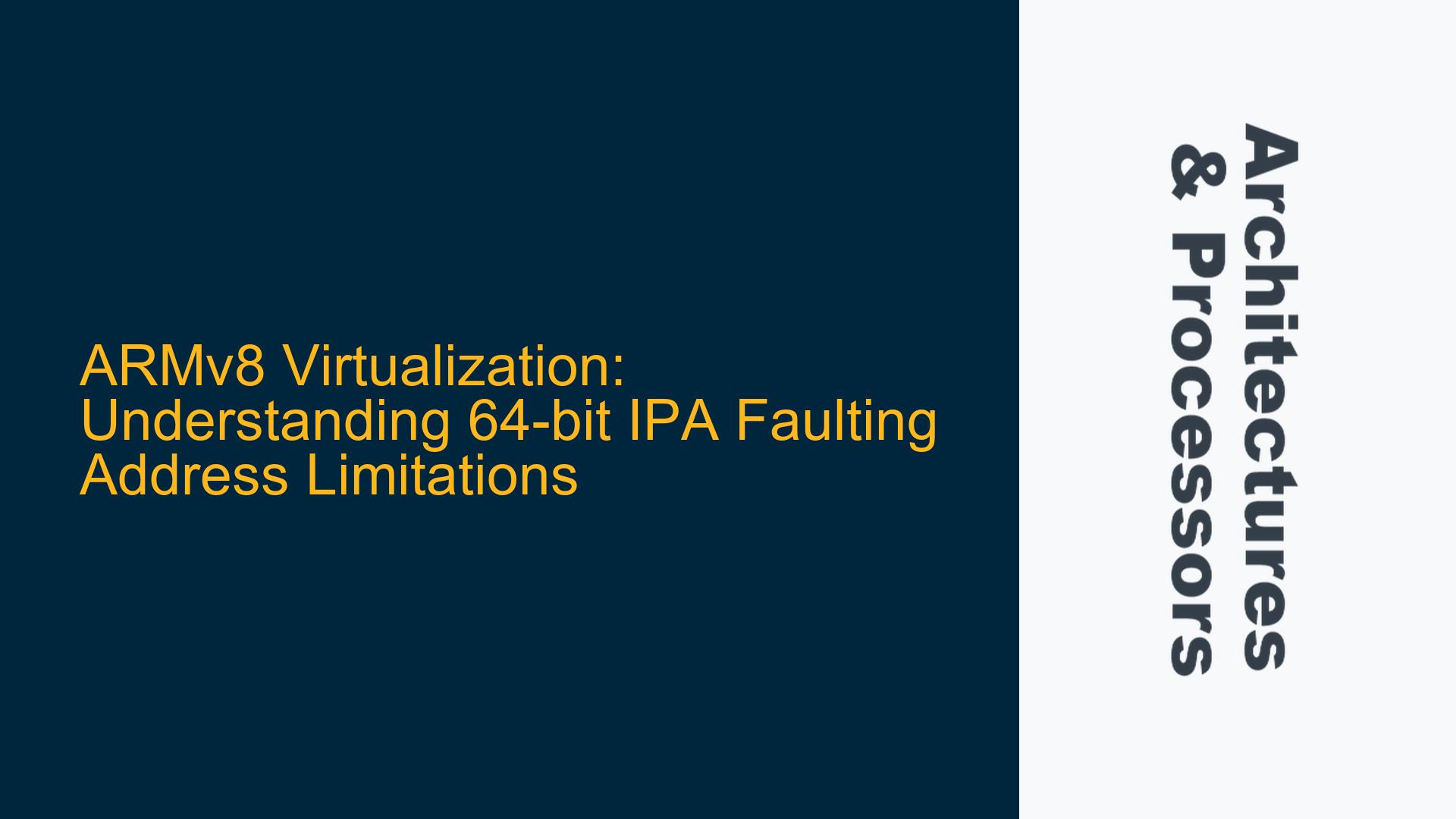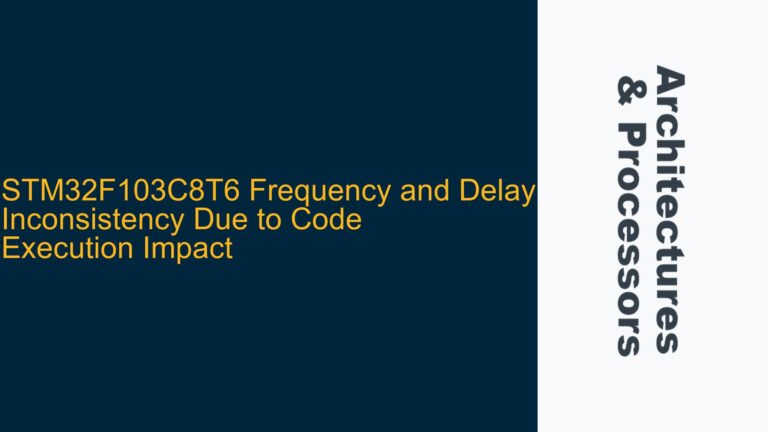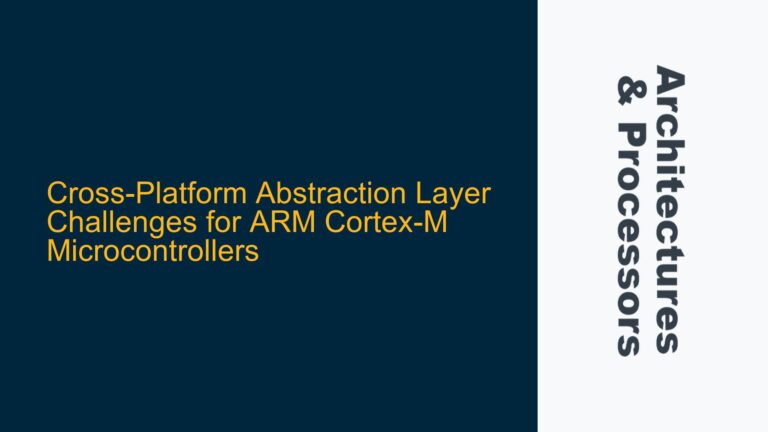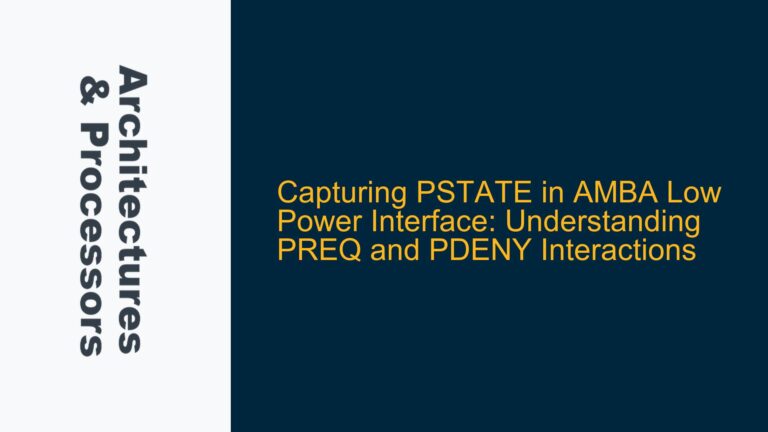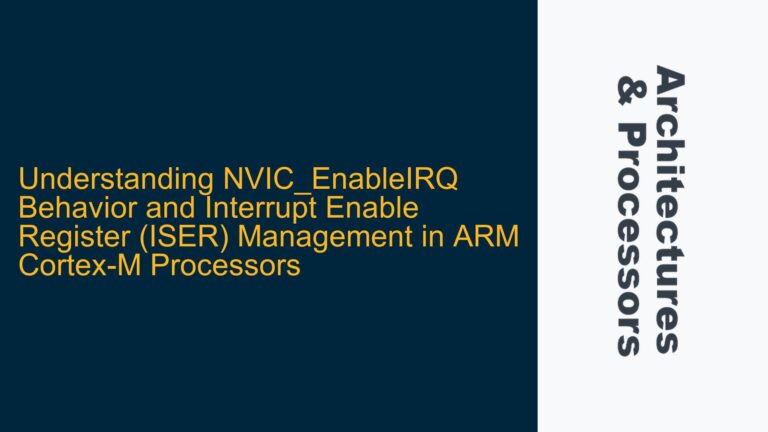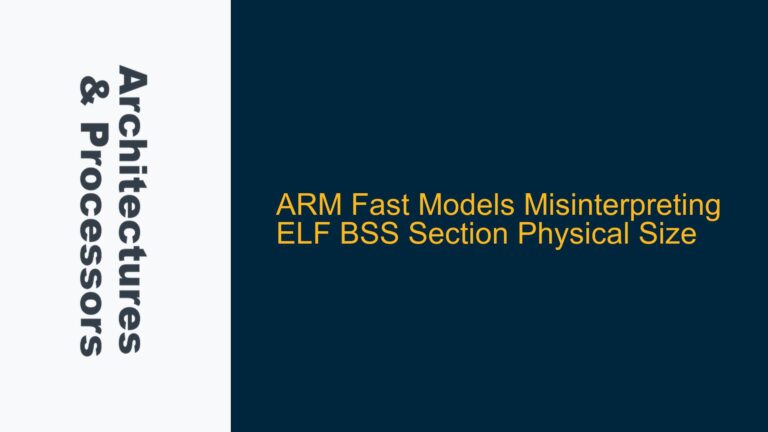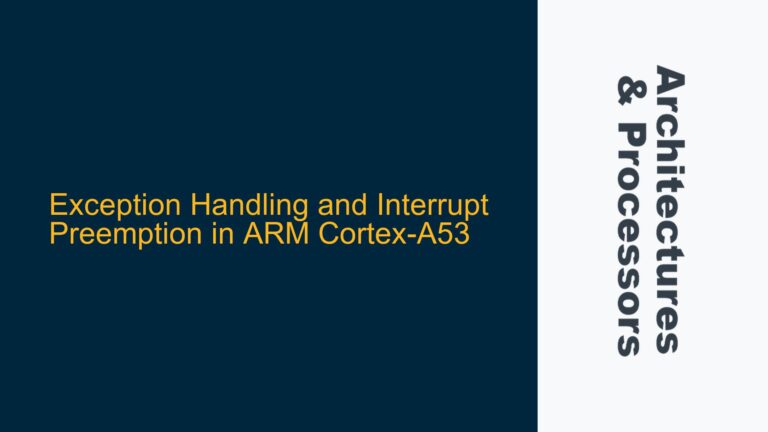ARMv8 Virtualization and IPA Faulting Address Handling
In ARMv8 architecture, virtualization is a critical feature that allows multiple operating systems to run concurrently on a single physical machine. The hypervisor, or Virtual Machine Monitor (VMM), is responsible for managing these virtual machines (VMs) and ensuring that they operate correctly. One of the key aspects of virtualization is the handling of memory accesses, particularly when a guest operating system attempts to access memory that results in a fault. In such cases, the hypervisor must trap the fault, determine the cause, and emulate the necessary operations to resolve the fault.
When a guest operating system accesses memory, it uses a Virtual Address (VA), which is translated into an Intermediate Physical Address (IPA) by the guest’s memory management unit (MMU). The IPA is then translated into a Physical Address (PA) by the hypervisor’s MMU. If a fault occurs during this translation process, the hypervisor must determine the faulting address to handle the exception correctly.
In ARMv8, the faulting address is captured in two registers: the Fault Address Register (FAR) and the Hypervisor Physical Address Register (HPFAR). The FAR contains the Virtual Address (VA) that caused the fault, while the HPFAR contains the upper bits of the Intermediate Physical Address (IPA). The hypervisor must combine these two registers to determine the full IPA. However, the IPA obtained from these registers is not a full 64-bit address. Instead, it represents a range of the IPA, typically [51:12] or [47:12], depending on the version of ARMv8.
This limitation raises an important question: why does ARMv8 not support a full 64-bit representation of the IPA in the faulting address registers? To answer this question, we need to delve into the architecture’s design choices, the practical limitations of current hardware, and the implications for virtualization.
Memory Address Space Limitations and Practical Constraints
The ARMv8 architecture supports a 64-bit address space, which theoretically allows for a vast amount of memory to be addressed. However, in practice, the amount of physical memory that can be addressed is limited by the hardware implementation. Most ARMv8 processors do not support the full 64-bit physical address space. Instead, they typically support a smaller address space, such as 48 bits or 52 bits. This limitation is due to several factors, including the complexity of the memory subsystem, the cost of implementing a full 64-bit address space, and the practical limitations of current hardware.
The Intermediate Physical Address (IPA) is a key concept in ARMv8 virtualization. The IPA is the address space that the guest operating system uses to access memory, and it is translated into a Physical Address (PA) by the hypervisor. The size of the IPA space is determined by the hardware implementation and is typically smaller than the full 64-bit address space. For example, some ARMv8 processors support a 48-bit IPA space, while others support a 52-bit IPA space.
The faulting address registers (FAR and HPFAR) are designed to capture the IPA that caused the fault. However, these registers do not support a full 64-bit representation of the IPA. Instead, they capture a portion of the IPA, typically the upper bits (e.g., [51:12] or [47:12]). This limitation is due to the fact that the hardware does not need to capture the full 64-bit IPA to handle the fault. Instead, it only needs to capture the portion of the IPA that is relevant to the fault.
The decision to limit the size of the IPA captured in the faulting address registers is based on practical considerations. Capturing a full 64-bit IPA would require additional hardware resources, including larger registers and more complex logic. This would increase the cost and complexity of the processor, without providing significant benefits in most cases. In addition, the vast majority of current ARMv8 implementations do not support a full 64-bit physical address space, so capturing a full 64-bit IPA would not be useful in practice.
Implementing Efficient Fault Handling with Partial IPA Support
Given the limitations of the faulting address registers in ARMv8, it is important to understand how the hypervisor can efficiently handle faults with partial IPA support. The hypervisor must combine the information from the FAR and HPFAR registers to determine the full IPA that caused the fault. This process involves extracting the upper bits of the IPA from the HPFAR and the lower bits from the FAR, and then combining them to form the complete IPA.
The hypervisor must also consider the size of the IPA space supported by the hardware. If the hardware supports a 48-bit IPA space, the hypervisor must ensure that the IPA obtained from the faulting address registers is within this range. If the IPA exceeds the supported range, the hypervisor must handle the fault appropriately, such as by emulating the memory access or terminating the guest operating system.
In addition to handling the faulting address, the hypervisor must also consider the cause of the fault. The Exception Syndrome Register (ESR) contains information about the cause of the fault, such as whether it was a data abort or an instruction abort. The hypervisor must read the ESR to determine the cause of the fault and then take the appropriate action to resolve it.
One of the challenges of handling faults with partial IPA support is ensuring that the hypervisor can efficiently emulate the memory access. The hypervisor must determine the correct physical address corresponding to the IPA and then perform the necessary memory access on behalf of the guest operating system. This process can be complex, particularly if the IPA is not aligned with the page size or if the memory access spans multiple pages.
To address these challenges, the hypervisor can use a combination of techniques, including page table walking, address translation caches, and memory mapping. The hypervisor can also use hardware-assisted virtualization features, such as the ARM Virtualization Extensions, to improve the efficiency of fault handling. These features allow the hypervisor to offload some of the work of address translation and fault handling to the hardware, reducing the overhead of virtualization.
In conclusion, the limitation of the faulting address registers in ARMv8 to support only a partial 64-bit IPA is a result of practical considerations, including the limitations of current hardware and the need to balance complexity and cost. While this limitation may seem restrictive, it is generally sufficient for most virtualization scenarios, and the hypervisor can efficiently handle faults with the available information. By understanding the architecture’s design choices and implementing efficient fault handling techniques, developers can ensure that their virtualization solutions are both robust and performant.
